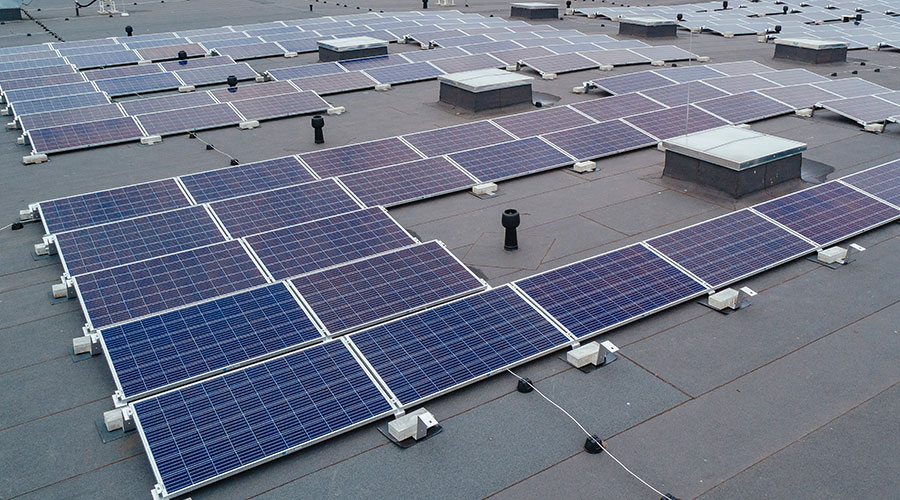New Report Summarizes Energy Star-related Savings for 2005
Americans collectively saved $12 billion on their energy bills in 2005, according to the Environmental Protection Agency’s (EPA) annual report.
Americans collectively saved $12 billion on their energy bills in 2005, according to the Environmental Protection Agency’s (EPA)
annual report.
The report emphasizes the importance of programs like ENERGY STAR in partnering with businesses to help promote greener energy and energy savings. In 2005, consumers’ and businesses’ investments in energy-efficient technologies exceeded $38 billion, according to the report. The investments are expected to generate a cumulative $130 billion in savings over the next 10 years, the report says.
In the commercial building sector, 2005 marked the launch of the ENERGY STAR challenge campaign challenging building owners and operators to reduce their energy usage by 10 percent or more. The report estimates that if each building owner met this challenge, greenhouse gas emissions could be reduced by 20 MMTCE, or the equivalent of 15 million vehicles by 2015, with a savings of $10 billion. By the end of 2005, the report says, more than half the states including the District of Columbia, as well as 20 associations representing building owners had joined the program.
More than 2500 buildings (representing 480 million square feet) earned the ENERGY STAR for superior energy and environmental performance, saving their owners an estimated $350 million annually on energy relative to typical buildings, EPA says.
More than 400 buildings, double the number from the previous year, have demonstrated sustained energy performance by qualifying for the ENERGY STAR for 2 years or more.
Related Topics:











